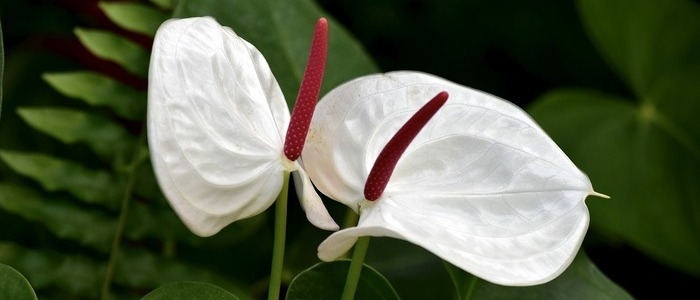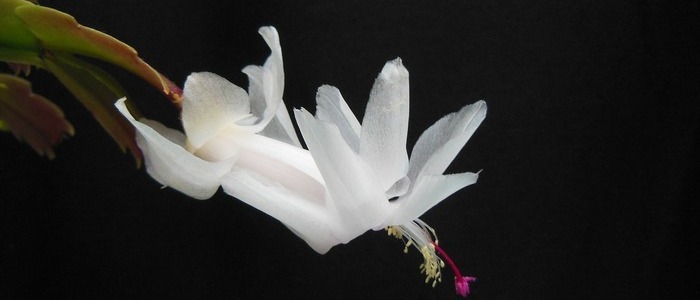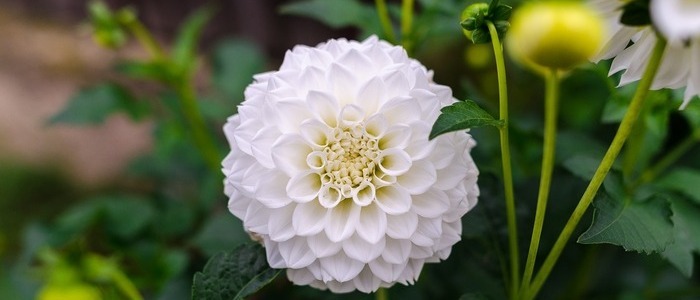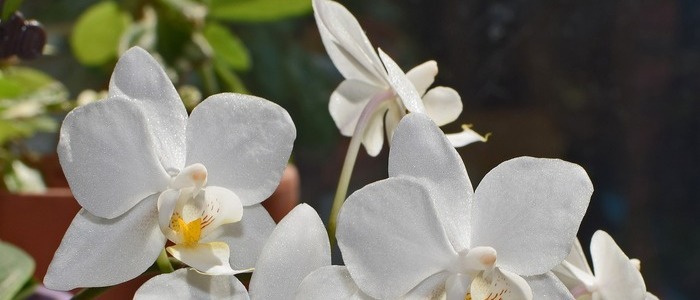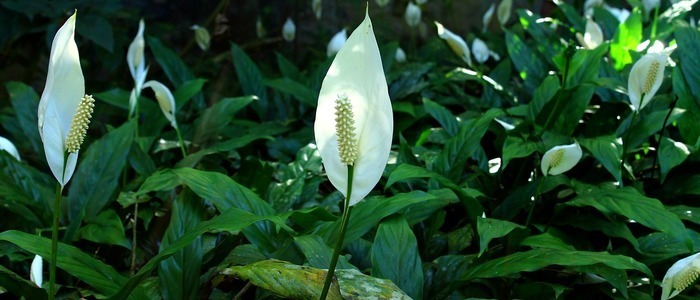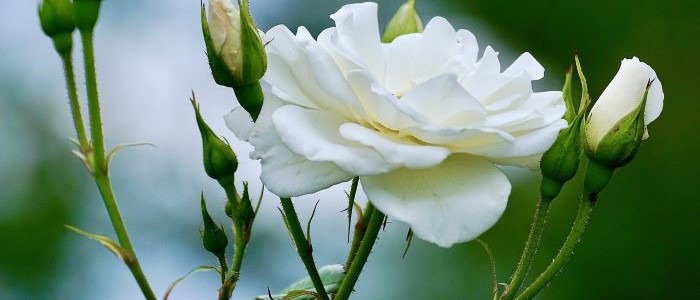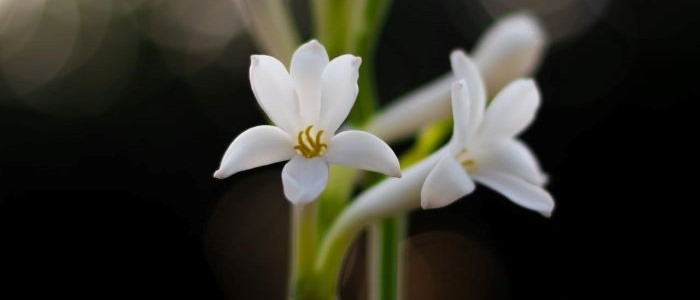A pleasantly scented drawing room filled with Madagascar jasmine plant (Stephanotis) always feels warmer and more welcoming to guests.. Also, the soothing fragrance in your bedroom will help you sleep deep. So, how to create that serene and aromatic atmosphere in your bedroom? Well, what could be a better way than adding scented Madagascar jasmine to your home?
With its intoxicating fragrance, the Madagascar jasmine will fill every room with a delightful scent that will invigorate your senses. Its glossy, dark green leaves provide a lush backdrop to the clusters of delicate white flowers, creating a stunning visual display. Whether you choose to let it climb along a trellis or cascade from a hanging basket, this beautiful plant is sure to bring joy and serenity to your home.
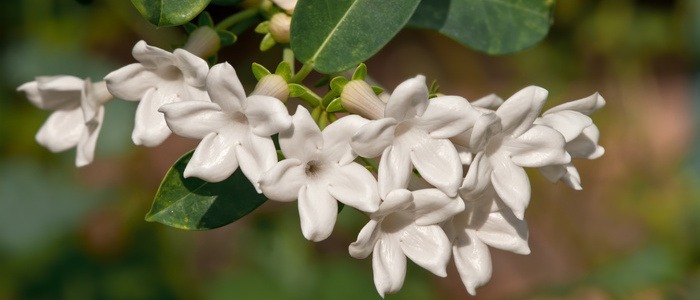
Madagascar Jasmine Frequently Asked Questions
How tall does the Madagascar jasmine plant grow?
The Madagascar jasmine plant can grow up to six feet tall when it is mature. However, it may take several years for it to reach this height. When you first bring the plant home, it is likely to be much smaller. If you want to encourage your Madagascar jasmine to grow taller, you can provide it with a trellis or other support structure to help it climb.
Does the Madagascar jasmine have a fragrance?
Yes, the Madagascar jasmine plant is known for its sweet, exotic fragrance. Its small white flowers give off a strong, pleasant scent that can fill a room. Some people even compare the fragrance to that of gardenia or jasmine. If you are looking for a plant that not only looks beautiful but also smells amazing, Madagascar jasmine is a great choice.
Madagascar Jasmine: A Few Things to Know
The Madagascar jasmine plant is a strongly scented climber that can be grown outdoors and indoors. This plant will always add aesthetic value to your house with small white flowers and glossy oval-shaped leaves. When you take proper care of this plant and give it plenty of light, you can expect to have sweet-scented blossoms from Spring to Autumn.
Just keep one small plant, and it will fill your entire room with a delightful scent. However, young plants may fail to bloom. You need to take good care of it and be patient until you have the pristine small flowers with a sweet fragrance.
Want to Take Good Care of Madagascar Jasmine: Know How to Do It
Light: Your Madagascar jasmine needs plenty of bright sunlight to bloom. But, make sure that you keep it away from the direct sunlight. The spot close to your window with indirect light is the perfect place for this plant. Once buds are formed, you should not move the plant. The changes in light may cause the flower buds or healthy blooms to fall off. Also, you should not turn the jasmine plant around. So, just keep it where it is and let it bloom fully.
Temperature: The ideal temperature for this plant is from 65 – 80°F (18 – 26°C) throughout the year. Madagascar jasmine, also known as Stephanotis floribunda, cannot stand lower than 45°F temperature. To let it thrive well, make sure you keep it away from AC vents or drafty windows.
Humidity: 60% humidity is ideal for this plant. If the humidity is lower than 50%, it will be risky for your plant. So, just moist your plant on a regular basis.
Water: You need to water your stephanotis floribunda plant regularly while it is thriving. The acidic soil conditioning is what Madagascar jasmine prefers. This is why using rainwater or distilled water could be the best option for your plant.
Soil and Fertilizer: Soil with a 5.6 to 6.5 pH acidity range is ideal for your plant. If you want to plant a Madagascar jasmine in the garden, just test the soil to see if it has a proper acidity range. For houseplants, take a planter and use peat moss-based soil with horticultural sand, as this is ideal for this plant.
Regarding fertilizing, you need to feed your growing stephanotis floribunda once in two weeks during summer and spring. High-phosphorus liquid fertilizer is the best option for your plant.
Madagascar Jasmine plants are almost like showstoppers who need constant attention. So, just take good care of your plant and let it create an aromatic atmosphere in your sweet home
Propagating Madagascar Jasmine: Best Ways for You
So, how to propagate your Madagascar jasmine? Well, there are mainly two ways you can follow – stem cutting and using seeds. Let us discuss the first process now.
Summer is the perfect time for propagating stephanotis floribunda through stem cutting. Now, if you ask how to do it, here is our answer for you – take 10cm or 4-inch stem tip cuttings first. Then, you need to collect the rooting hormone and dip the cuttings in it. After that, stand the cuttings in perlite. Make sure the perlite is moist. You need to give the cuttings enough heat (75°F/24°C temperature). Also, there should be enough humidity. To maintain this warmth, you can use a pot or propagator with a plastic cover.
For the propagation of your Madagascar jasmine, you can also use seeds. However, propagating seeds takes a long since you have to wait for the pear-shaped fruit to mature first. Then, you can prepare it for sowing. Also, you need to maintain enough warmth for seed germination. Spring is the best time for sowing seeds. However, if you are looking for fast results; then stem cutting will be the best option for you.
Pruning Tips For The Madagascar Jasmine Plant
If you want your plant to bloom well, make sure you prune it properly. However, a lot of pruning is not needed.
The best time for pruning your Madagascar jasmine is early winter. Trim it in such a way so that the vine is around 90cm or 3ft tall. Any bare leaves that already shed leaves can be removed since buds form well on new growth.
Common Problems and How to Solve Them?
Blossoms Dropping: So, what causes your Madagascar jasmine blossoms to drop? Well, one of the major reasons why it happens is that the changes in light, moisture, and temperature. So, just pay attention to these factors and let your plant bloom.
Not Flowering Well: Stephanotis floribunda plants bloom well when they are pot-bound. You can use a tiny container since it will also allow your plant to bloom well. However, consider repotting it only when you find that the roots have filled the planter or pot.
Yellow Leaves: Leaves often turn yellow because of overwatering the plant. Also, if the temperature drops suddenly, this may cause your plant to shed leaves. And, the leaves can also turn yellow due to this reason. Avoid using hard water since this can be another reason for yellow leaves.
The solution to yellow leaves is easy. Use distilled water and avoid overwatering your plant. You can also remove the yellow leaves to let the evergreen, glossy leaves replace them.
Madagascar jasmines are beautiful. Also, you will surely enjoy the soothing fragrance when the pristine tiny flowers bloom. What you need to do is to take a little care of your plant and see how it creates an aromatic atmosphere in your house. Popular for wedding bouquets, these small white blossoms will always add a touch of beauty to your sweet home.
